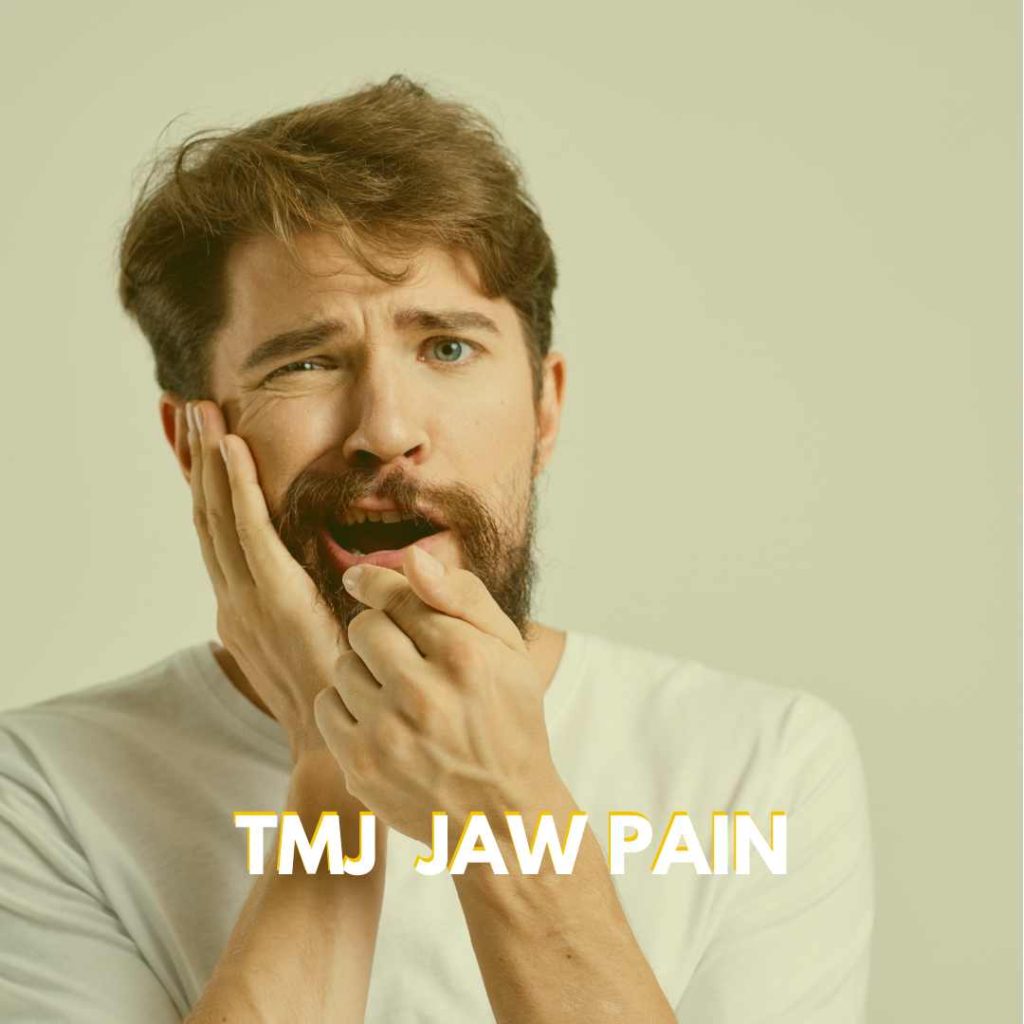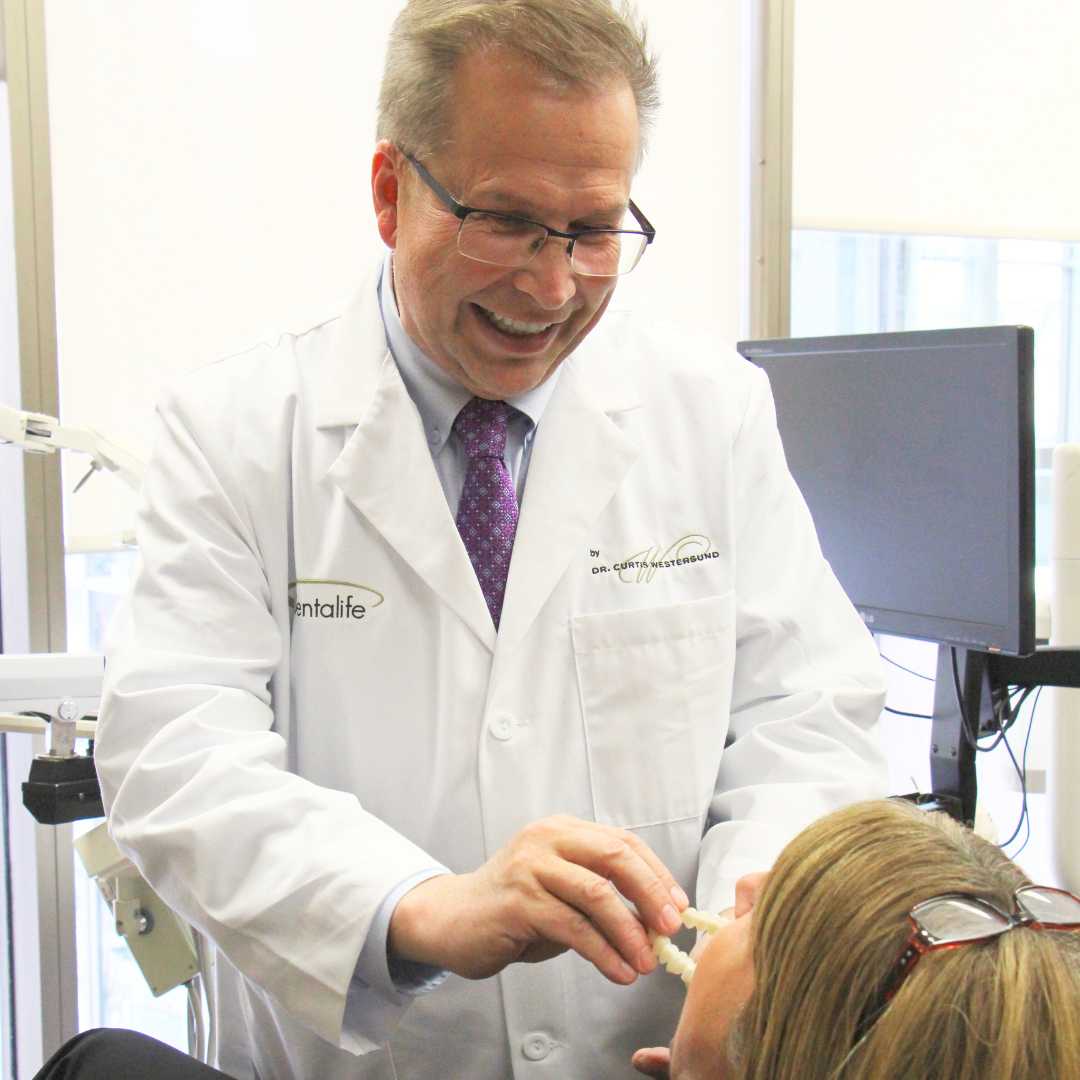It starts subtly—maybe a little tension near your ear, a pop when you yawn, or soreness when you chew. But TMJ jaw pain has a way of growing from an occasional annoyance into a daily disruption. Over time, it can hijack your comfort, your focus, and your patience. Eating becomes a chore. Talking feels tiring. You catch yourself rubbing your neck or temples more than you’d like to admit. And sleep? Often restless. TMJ pain can ripple through your life, affecting everything from how you chew your food to how you show up at work, at home, or socially.
TMJ Jaw Pain: More Than Just a Jaw Problem
TMJ stands for the temporomandibular joint—where your lower jaw hinges to your skull. It’s designed to move smoothly, letting you speak, chew, and yawn with ease. But when that joint becomes strained, inflamed, or misaligned, it can throw the entire system off balance. That’s where TMJ dysfunction begins.
Common causes include:
- Jaw misalignment
- Clenching or grinding (especially during sleep)
- Trauma to the jaw or head
- Poor posture (yes, your neck and back are part of the puzzle)
- Chronic stress
And the symptoms? They can be sneaky:
- Aching or stiffness in the jaw
- Pain radiating into your face, ears, neck, or shoulders
- Headaches or migraines that don’t respond to usual treatments
- Clicking or locking of the jaw
- Tired jaws after speaking or eating
The jaw doesn’t exist in isolation—it’s deeply connected to your entire body’s biomechanics. That’s why TMJ pain can feel so widespread and difficult to pin down.
How Dr. Curtis Westersund at Dentalife in Calgary Treats TMJ with a Biomechanical Lens
At Dentalife in Calgary, Dr. Curtis Westersund sees TMJ dysfunction not just as a dental issue—but as a biomechanical imbalance that affects the entire body. He’s spent years helping patients understand that jaw pain is often the result of bigger patterns of dysfunction, not just a problem with the joint itself.
Dr. Westersund’s approach is rooted in understanding how the jaw, neck, shoulders, spine, and even foot posture work together as part of a larger system. When one part compensates, another part suffers. His diagnostics go beyond the surface, using advanced tools to assess bite alignment, joint function, and full-body posture.
Treatment at Dentalife may include:
- TMJ stabilization appliances
- Custom bite balancing
- Neuromuscular therapy
- Postural correction strategies
- Integration with other healthcare providers for whole-body support
Rather than just chasing symptoms, Dr. Westersund works to correct the cause—rebalancing the system so your body can function in harmony again.
Take Action—Because Pain Doesn’t Solve Itself
Here’s the hard truth: TMJ pain rarely goes away on its own. Ignoring it or pushing through can make things worse. Without addressing the root cause, your body keeps adapting—compensating in ways that lead to more tension, more inflammation, and more pain.
And when your body is constantly adapting, everything starts to feel harder:
- Sleep becomes light or interrupted
- Work focus fades
- Energy levels dip
Mood shifts creep in
But here’s the good news: once the right solution is in place—once the jaw is stabilized and the biomechanics are supported—your body can finally relax. You can chew comfortably, speak freely, and sleep more soundly. Life starts to feel easier again.
It’s Time to Break the Cycle—Let’s Rebalance
If you’ve been silently suffering with jaw pain, don’t wait for it to become your new normal. At Dentalife in Calgary, Dr. Curtis Westersund offers more than symptom relief—he offers a pathway to true healing through a biomechanical approach that sees you as a whole person, not just a jaw.
Let’s uncover what’s really behind your TMJ pain and create a plan that helps your entire body function better. Your jaw shouldn’t be calling the shots—you should.
Book a TMJ Diagnosis Consultation today and take the first step toward a life without chronic jaw pain. You deserve to feel good again. Let’s get you there.




